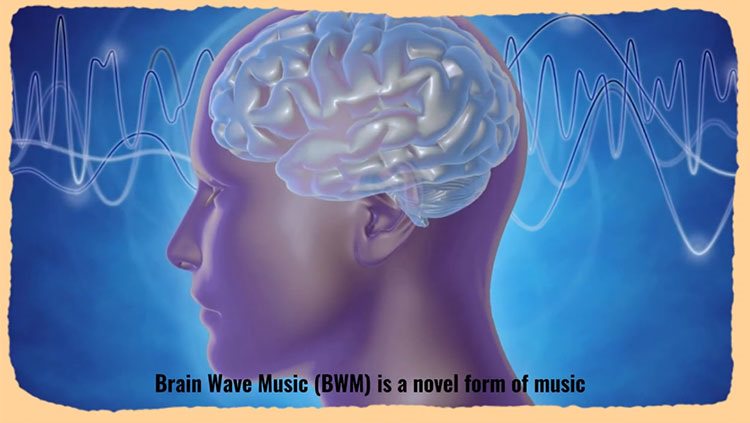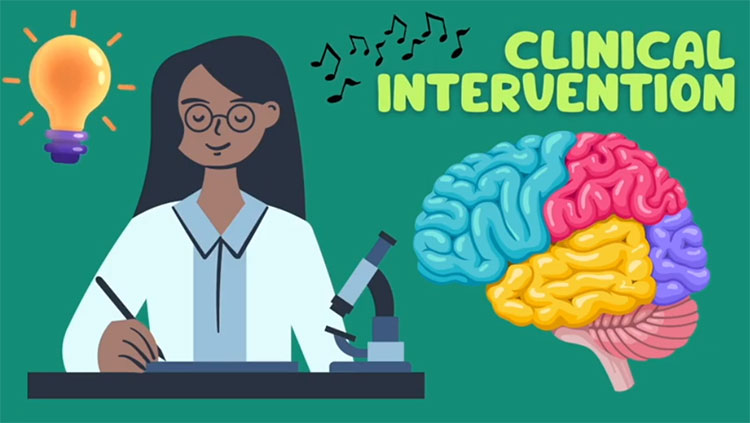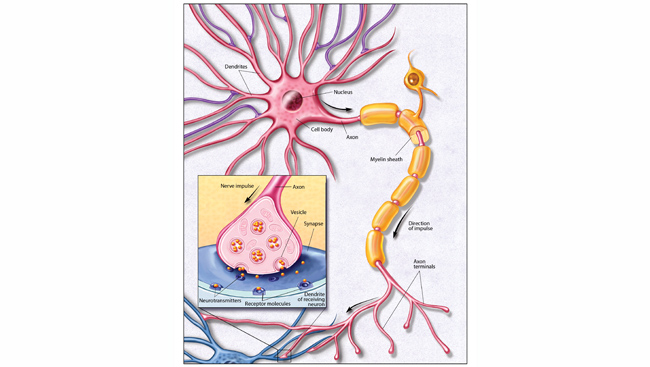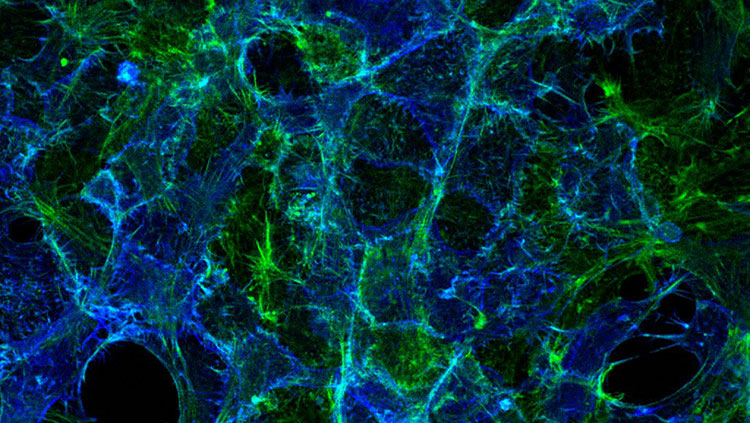Dana Alliance member Thomas R. Insel has been a staunch trailblazer in neuroscience and psychiatry with an amazing capacity for doing it with, as a recent New York Times article states, “a reflexively earnest good nature.” As the director of the National Institute of Mental Health (NIMH), the priorities and mission he has developed and continues to develop guide the activities of an influential federal organization that has a large impact on public health and policy.
The Times article, written by science writer Benedict Carey, offers a wonderful look at the evolution of Insel’s research focus, detailing his professional history thus far and the impact he’s made at various institutions. From his early days as a 15 year-old B.A.-M.D. student at Boston University, Insel went on to participate in the intramural program at the mental health institute, studying the effects of an early anti-depressant drug in people with obsessive-compulsive disorder, proving how it can be more effective than psychotherapy. Afterwards, he studied the biology of love and attachment in tiny mouse-like animals called voles, publishing a study demonstrating that complex social behaviors can partially be attributed to neural biological processes. In 2002, after several years at Emory University, Insel returned to NIMH as its director.
Insel is not afraid to express sometimes controversial viewpoints, especially in his Director’s Blog for NIMH. Carey highlights one of these blogs, which questions the validity of psychiatry’s diagnostic encyclopedia (the D.S.M.-5). In the blog, Insel says, “Unlike our definitions of ischemic heart disease, lymphoma, or AIDS, the DSM diagnoses are based on a consensus about clusters of clinical symptoms, not any objective laboratory measure.”
Carey’s article also references Insel’s question of whether long-term drug therapy for certain mental disorders, such as schizophrenia, is in the patient’s best interest. While the prevalence of drug treatments has improved the quality of life for many individuals suffering from mental disorders, it has done virtually nothing to illuminate the causes of mental illness or to improve morbidity or mortality in patients, Insel says.
Naturally, in his capacity as director of NIMH, Insel has drawn both praise and criticism from the public and his peers. Carey writes:
In a more consequential sense, however, Dr. Insel’s arrival as director signaled yet another departure, this one far larger than just about anyone could have anticipated. Dr. Insel has sharply shifted the agency’s focus — to basic neuroscience and genetics, at the expense of the very type of behavioral research he himself had once done. That change has generated a mix of optimism and outrage.
Regardless of how his ideas are perceived and received, Insel continues to remain steadfast and resolute in his leadership of NIMH and is committed to advancing its research and agenda.
–Amanda Bastone
This article was originally posted by the Dana Foundation.

















